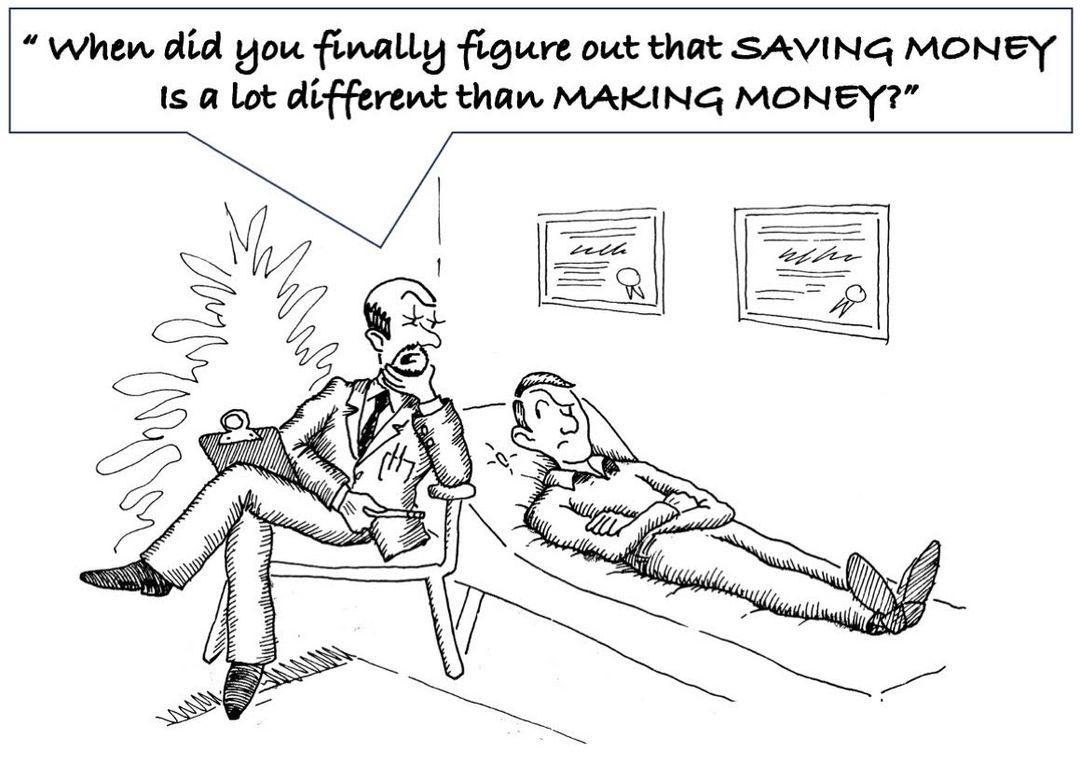Without the investment needed to respond to payment trends, customers take their business elsewhere. Where does your car wash sit?
Without the investment needed to respond to payment trends, customers take their business elsewhere. Where does your car wash sit?
Sometimes, in the life cycle of a business, there comes a time when company leadership determines that the path to success is drastically cutting expenses. It can be their answer to every problem the business faces. Lower the cost of goods! Cut labor! Pay less for everything – and don’t invest in any research and development that won’t pay dividends immediately!
Usually, this is an indication of no sales growth; a shrinking base of business. Perhaps the beginning of a real decline in the viability of the enterprise.
While managers who adopt this strategy – expense cutters – can keep oxygen flowing to a dying business for a while – in the end it takes investment to succeed in business.
There is a big difference between saving money and making money.
Frequently, expense cutters are three things: confident, driven, and certain. Unfortunately, they can be more confident than correct, more driven than discerning, and more certain than smart about what will save or grow a business.
To be clear: tough negotiating with suppliers, strong expense management within an organization, and a long-term, strategic plan for smart investment in expense line items is important to business. That’s not the issue. Here are examples:
- The owner of a small supermarket cuts labor to lower expenses and winds up without sufficient employee hours available to cover the checkouts. His customers get frustrated and begin to shop elsewhere…
- A restaurant owner begins to cut supply costs to save money, thinking she will make more profit. But her operations get shabby; she stops purchasing enough cleaning supplies, napkins, or condiments on the tables. Her customers begin to spend their hard earned money elsewhere…
- A small specialty retailer is feeling the impact of new competition up the street – sales begin to get soft. The answer? Protect profit dollars by being open fewer hours and reducing the number of items on sale each week. The result? Market share and business gets worse as customers go elsewhere…
In the car wash business, where new competitive investments are constantly being made in new washes ‘up the street’, it’s easy to start spending management time hacking expenses. This activity won’t build market share. Again, discipline with supply expenses is good business practice. You have to be careful it doesn’t result in constant focus on short-sighted results.
Business owners who spend time relentlessly nickel and diming suppliers, partners and opportunities in order to try to create success are kidding themselves. This activity is busywork to focus attention on, while new competitors are moving in up the street. It takes focus away from top line management and getting new customers through the introduction of new services – which require investment.
Across all retailer categories, changing consumer preferences in payment methods is a big deal. And, these changes require investment in new technologies. Without the investment needed to respond to payment trends, customers take their business elsewhere.
In the car wash industry, Payment systems is the area where the most change and innovation has occurred in recent years. Payment method trends are driven by younger consumers who prefer mobile and app payment methods, the need to upgrade payment security, and technology adaptations by big banks. The willingness to aggressively invest in new technologies to adapt to the marketplace, competition and consumer preferences has to be a paramount concern and focus of business owners – especially in the car wash business.
If a business doesn’t invest in these important consumer preferences, business will eventually start to fade. Thinking you can ‘save your out of’ shrinking market share caused by falling behind on consumer preference is the beginning of the end of many small businesses.
You can’t save your way to success.

